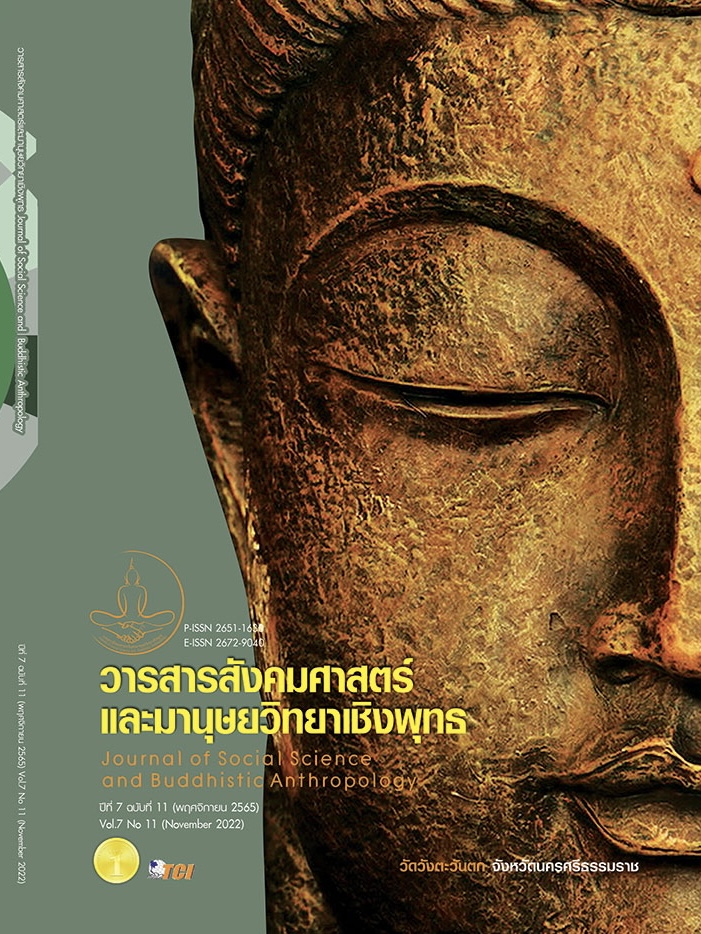THE DEVELOPMENT OF ICE FACTORY MANAGEMENT VIA INFORMATION TECHNOLOGY IN THE EAST OF THAILAND
Keywords:
Management, Information Technology System, System DevelopmentAbstract
This research was aimed to 1) develop the ice factory management system via information technology, and 2) transfer knowledge to the ice factory SMEs in the East and other regions. This study was the research and development model. To analyze, design and develop information technology systems based on SDLC Process. The system could improve management efficiency and data storage is accurate, data retrieval is convenient, fast, and data can be accessed in a variety of dimensions, reduce operational steps and reduce the number of employees. The system also reduced some costs of management. The information is quickly to hand over to the executive officers and it is good and useful for management of policies. The analysis of technology acceptance and risk perception showed that among user opinions towards the system including: ease of use perception, data quality, service quality, and perception of usefulness, the acceptance of technology was at the highest level. However, the risk perception was at the lowest level. The results of knowledge transfer from research to ice factory SMEs in the East and other interested groups. It was found that it could actually be used. The prototype system from this study can be a significant development guideline for SME owners in the East of Thailand to strengthen their competitiveness in the international market as well as to be used to support and promote the development of Smart SMEs in the country in the future.
References
จารุกิตติ์ สายสิงห์. (2563). การพัฒนาระบบสนับสนุนและบริหารจัดการผลิตภัณฑ์ทางการเกษตร. วารสารเกษตรพระวรุณ, 17(2), 299-310.
วิทวัฒน์ พัฒนา. (2553). การวิเคราะห์และออกแบบระบบ. กรุงเทพมหานคร: ซีเอ็ดยูเคชั่น.
สานิตย์ กายาผาด และคณะ. (2542). เทคโนโลยีสารสนเทศเพื่อชีวิต. กรุงเทพมหานคร: เธิร์ดเวฟเอ็ดดูเคชั่น.
สำนักงานคณะกรรมการพัฒนาการเศรษฐกิจและสังคมแห่งชาติ. (2562). ยุทธศาสตร์ชาติ พ.ศ. 2561 - 2580. กรุงเทพมหานคร: สำนักงานเลขานุการของคณะกรรมการยุทธศาสตร์ชาติ สำนักงานคณะกรรมการพัฒนาการเศรษฐกิจและสังคมแห่งชาติ.
สุขาดา กีระนันท์. (2541). เทคโนโลยีสารสนเทศทางสถิติ: ข้อมูลในระบบสารสนเทศ. กรุงเทพมหานคร: โรงพิมพ์จุฬาลงกรณ์มหาวิทยาลัย.
Al-Jabri, I. M. & Sohail, M. S. (2012). Mobile banking adoption: application of diffusion of innovation theory. Journal of Electronic Commerce Research, 13(4), 379-391.
Davis, F. D. (1989). Perceived Usefulness, Perceived Ease of Use, and User Acceptance of Information Technology. MIS Quarterly, 13(3), 319-339.
Delone, W. H. & McLean, E. R. (2013). The Delone and Mclean model of information systems success: A ten-year update. Journal of Management Information Systems, 19(4), 9-30.
Jiabao, L. et al. (2011). Predicting and Explaining the Adoption of Mobile Banking. Retrieved October 2, 2020, from https://www.semanticscholar.org/paper/ Predicting-and-Explaining-the-Adoption-of-Mobile-Lin-Xiao/2f411493fd7c 814d461595bd737c67cdbafe91f1#references
Kowalski, T. J. (2003). Contemporary School Administration: an Introduction. (2nd ed.). Boston: Pearson Education.
Lockard, J. & Abrams, P. D. . (2004). Computers for Twenty-First Century Education (6th ed.). Boston: Pearson Education.
Rogers, E. M. (2003). Diffusion of innovation (5th ed.). New York: The Free Press.
Downloads
Published
How to Cite
Issue
Section
License
Copyright (c) 2022 Journal of Social Science and Buddhistic Anthropology

This work is licensed under a Creative Commons Attribution-NonCommercial-NoDerivatives 4.0 International License.








